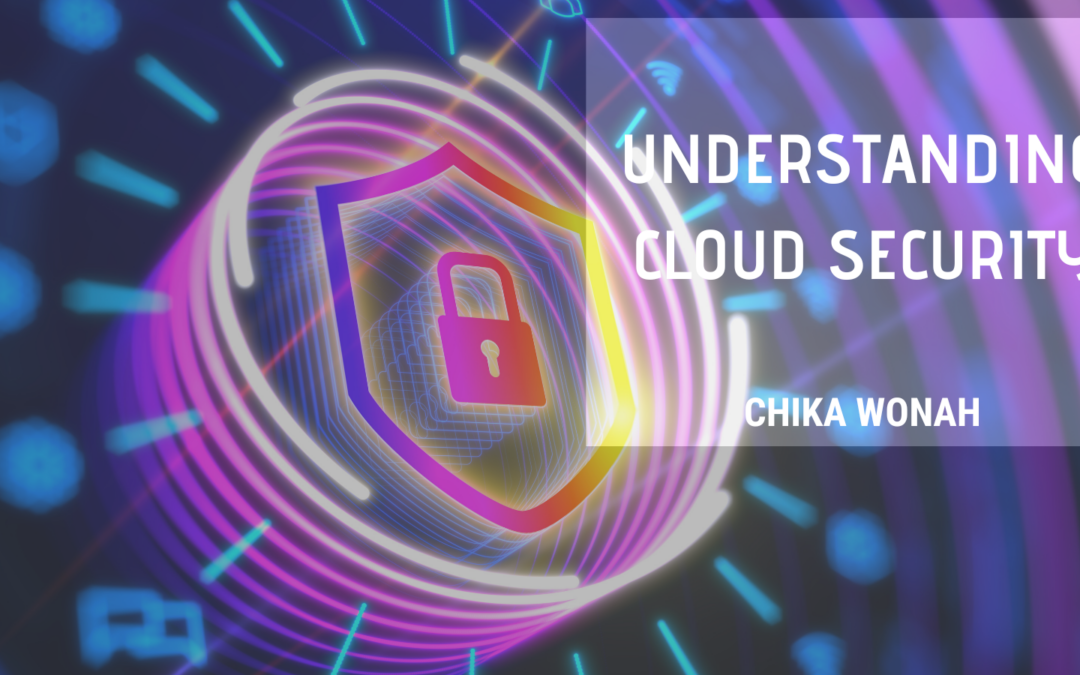In today’s digital landscape, where data reigns supreme, ensuring robust security measures is paramount. With the widespread adoption of cloud computing, safeguarding sensitive information stored and processed in the cloud has become a top priority for organizations of all sizes. Understanding cloud security is crucial for businesses to mitigate risks and protect their digital assets effectively.
Cloud security refers to policies, controls, procedures, and technologies to protect data, applications, and infrastructure hosted in the cloud environment. Unlike traditional on-premises IT infrastructure, where security measures are physically implemented within the organization’s premises, cloud security involves a shared responsibility model between the cloud service provider (CSP) and the customer.
One of the critical advantages of cloud security is scalability. Cloud providers invest heavily in security infrastructure, offering advanced security features such as encryption, identity and access management (IAM), network security, and threat detection. However, while the cloud provider ensures the protection of the underlying infrastructure, customers are responsible for securing their data, applications, and configurations within the cloud environment.
Encryption plays a vital role in securing data in transit and at rest. Organizations can mitigate the risk of unauthorized access or data breaches by encrypting data before it’s transmitted to the cloud and implementing robust encryption mechanisms within the cloud environment. Additionally, implementing strong access controls, such as multi-factor authentication (MFA) and role-based access control (RBAC), helps prevent unauthorized users from accessing sensitive information.
Another crucial aspect of cloud security is compliance. Depending on the industry and geographic location, organizations must adhere to various regulatory requirements governing data privacy and security, such as GDPR, HIPAA, PCI DSS, and SOC 2. Cloud providers offer compliance certifications and audit reports, demonstrating their adherence to industry standards and regulations and helping customers meet their compliance obligations.
Furthermore, continuous monitoring and threat detection are essential to an effective cloud security strategy. By leveraging security information and event management (SIEM) tools, intrusion detection systems (IDS), and machine learning algorithms, organizations can detect and respond to security incidents in real time, minimizing the impact of potential breaches.
Understanding cloud security is crucial for organizations seeking to harness the benefits of cloud computing while safeguarding their digital assets against evolving cyber threats. By implementing robust security measures, leveraging encryption technologies, adhering to compliance requirements, and adopting a proactive approach to threat detection and response, businesses can enhance their security posture in the cloud and mitigate the risk of data breaches and cyber-attacks.

